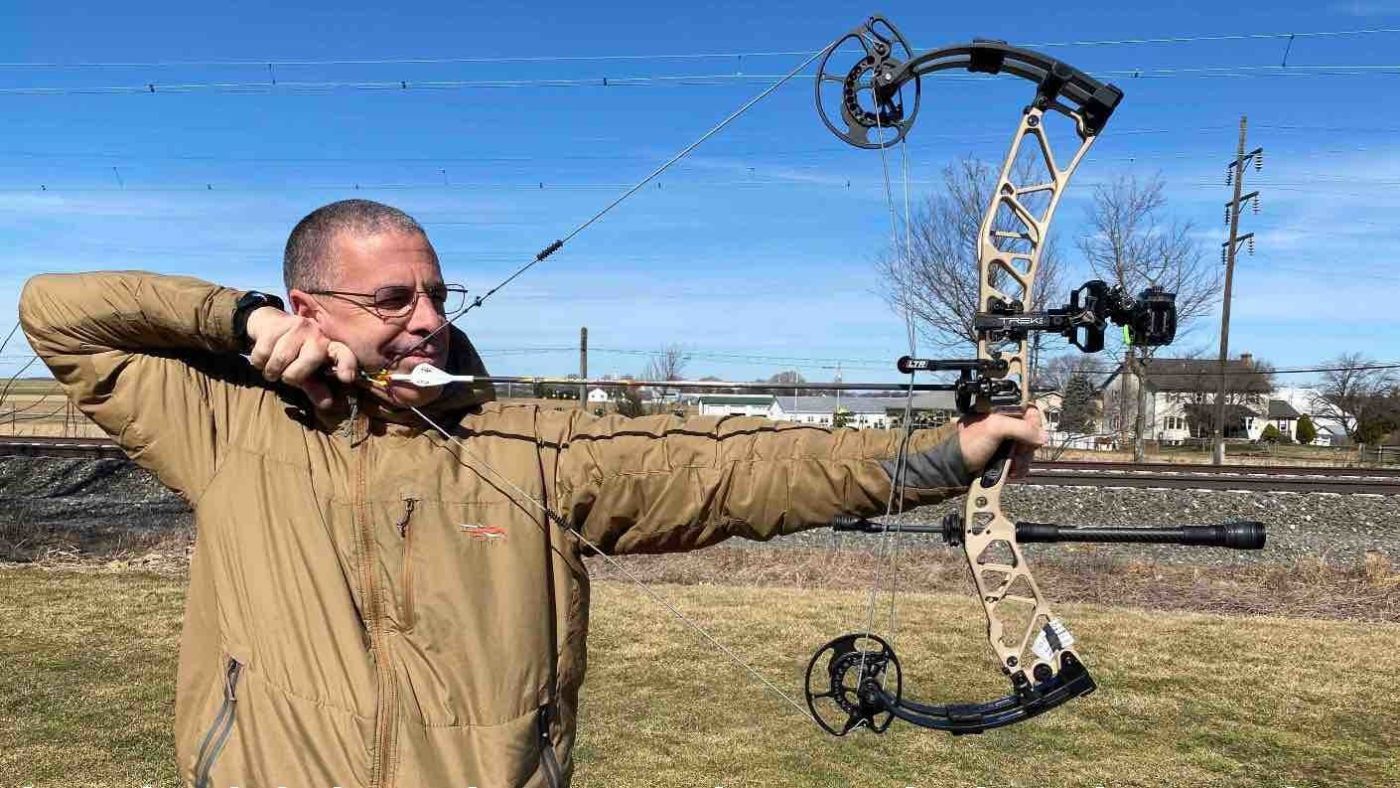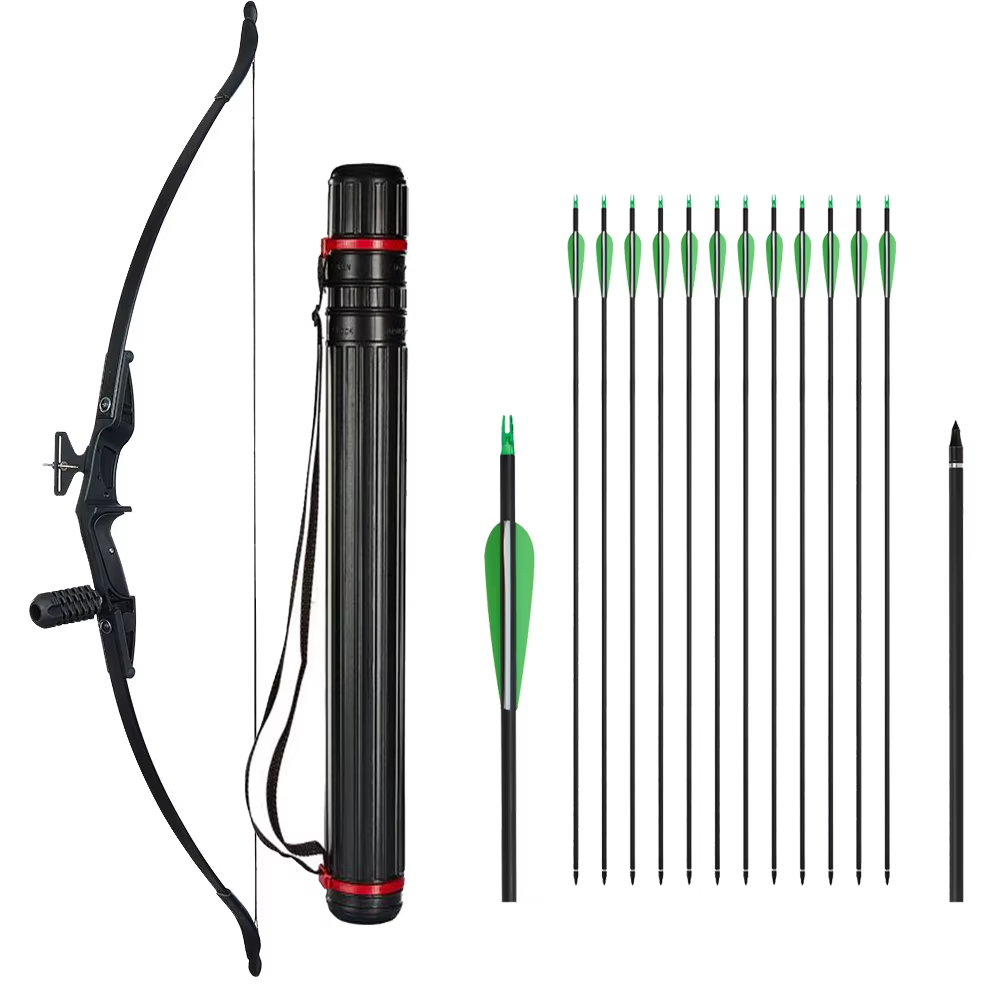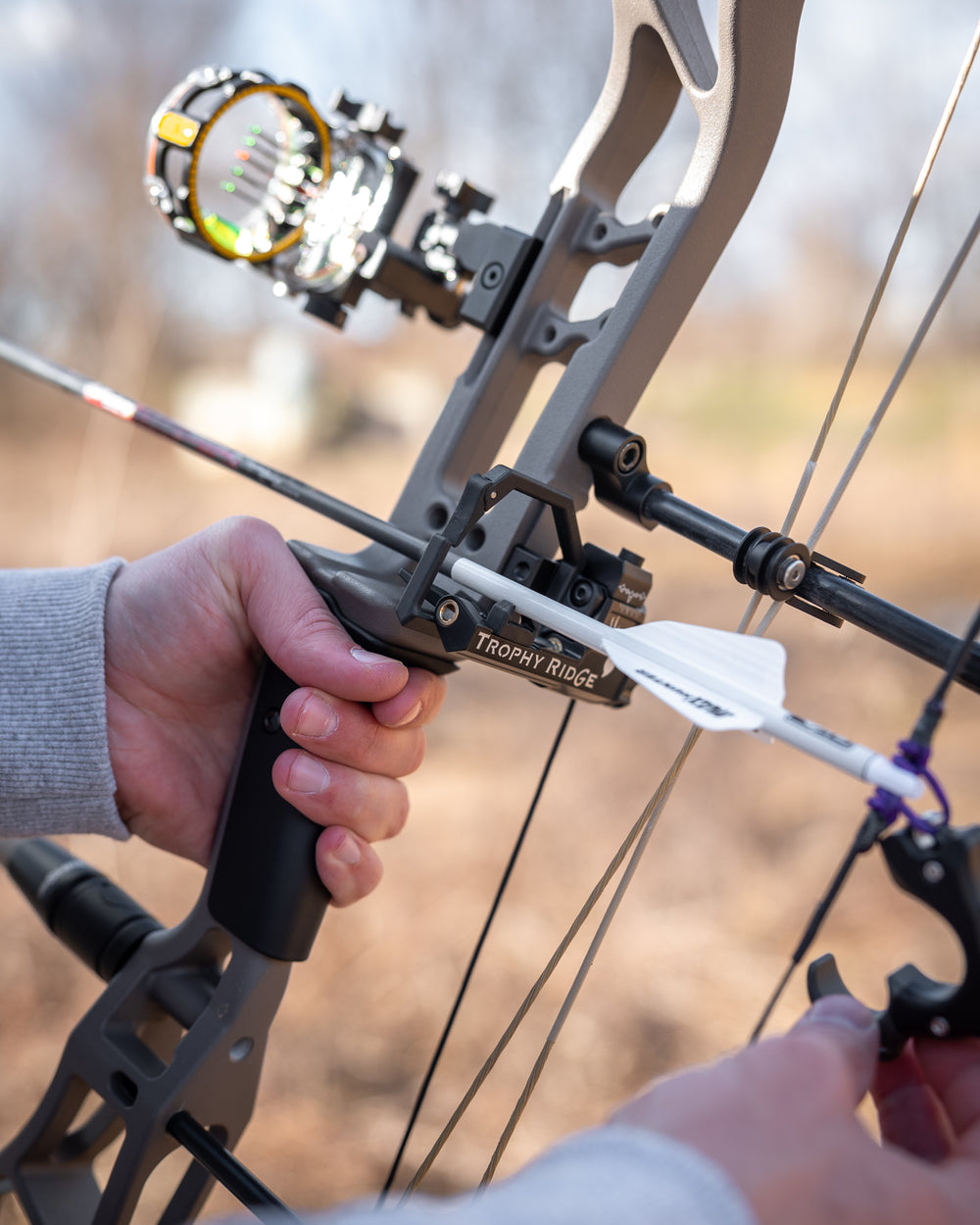Increase Your Archery Efficiency: The Ultimate Guide to Bow Stabilizer Configuration
Enhancing your archery efficiency calls for a careful strategy to every element of your devices configuration. Among the numerous elements that contribute to precision and security, the bow stabilizer plays a crucial role in fine-tuning your shot execution. Comprehending exactly how to enhance your bow stabilizer configuration can bring about substantial renovations in your total precision and consistency on the variety or in the field. As we look into the complexities of picking the best stabilizer weight, positioning, and make improvements strategies, you will reveal the secret to opening your full possibility as an archer.
Recognizing Bow Stabilizers
In the realm of archery equipment, the role and function of bow stabilizers stand as important parts for enhancing shooting precision and stability. Bow stabilizers are designed to reduce bow torque, lower resonances, and assist in holding the bow constant during the aiming and release process. By connecting a bow stabilizer to the riser of the bow, archers can experience enhanced balance and decreased hand shock, resulting in even more specific and consistent shots.
The primary purpose of a bow stabilizer is to moisten any kind of resonances that happen upon launching the arrow. This reduction in resonance not just improves the shooter's convenience but also helps maintain focus and control throughout the shot cycle. Additionally, bow stabilizers help in counteracting the weight of devices affixed to the bow, such as views, quivers, and arrowhead relaxes, guaranteeing optimum weight circulation for enhanced security.
Comprehending the technicians and advantages of bow stabilizers is crucial for archers aiming to adjust their shooting performance and accomplish better accuracy on the range or in the field.

Selecting the Right Stabilizer Weight
Selecting the appropriate weight for your bow stabilizer is a crucial element of enhancing your archery configuration for boosted shooting performance. The stabilizer weight straight affects exactly how successfully the stabilizer minimizes resonance and supports your bow during the shot. When picking the ideal stabilizer weight, it's vital to consider your shooting design, bow balance, and personal choices.
Lighter stabilizers, generally considering in between 3-6 ounces, are favored by archers that focus on maneuverability and fast target acquisition. These stabilizers are suitable for seekers or those who shoot in challenging surfaces where movement is crucial. On the other hand, larger stabilizers, ranging from 8-12 ounces or more, are favored by target archers looking for maximum security and decreased bow motion. The added weight helps hold the bow steadier during the intending procedure and decreases the effects of torque on the bow.
Inevitably, the very best stabilizer weight for you will certainly depend upon your shooting objectives and choices. Trying out different weights and locating the one that supplies the ideal balance of security and maneuverability is vital to improving your archery performance.
Setting Up Your Bow Stabilizer
To appropriately mount your bow stabilizer, guarantee that you have all the required devices and adhere to these detailed directions for a effective and protected configuration. Beginning by recognizing the front stabilizer bushing on your bow riser. A lot of bows have pre-threaded holes for stabilizer installment. Next, apply a percentage of bowstring wax to the strings of the stabilizer bolt to stop it from loosening during usage.
Meticulously string the stabilizer into the front bushing by hand, making certain not to cross-thread it (bow stabilizer). When the stabilizer is comfortably in position, utilize an ideal wrench to tighten it firmly. Prevent over-tightening, as this can trigger damages to the bow or stabilizer
After installing the stabilizer, check to ensure it is straight and aligned with the bow. Some stabilizers feature adjustable weights or dampeners; change these according to your preferences and shooting design. Lastly, test the bow to guarantee the stabilizer is properly decreasing resonance and boosting your shot uniformity.
Readjusting Stabilizer Position for Accuracy
After installing the bow stabilizer firmly, optimizing its setting is critical for improving accuracy in your capturing. The position of the stabilizer can considerably affect the balance and security of your bow throughout the shot cycle. To change the stabilizer for ideal precision, begin by trying out various settings. Relocating the stabilizer better to the riser can help in reducing the bow's total weight distribution, potentially enhancing your intending stability. On the other hand, expanding the stabilizer even more out can boost the bow's forgiveness and lower the effects of torque on the shot.
When changing the stabilizer position, consider the type of shooting you do. For target archery, a longer Click Here stabilizer placed even more out may be beneficial for added stability during the intending procedure. On the various other hand, seekers may choose a much shorter stabilizer for far better ability to move in the field. Keep in mind to make little changes and examine your configuration after each adjustment to figure out the optimum position for your capturing style and choices.
Fine-Tuning Your Stabilizer Setup

Furthermore, consider the placement of any dampeners or weights along the stabilizer rod. Relocating these parts closer to or even more from the riser can modify the stabilizer's total result on your bow's equilibrium. Fine-tuning these details can help in reducing vibration, minimize hand shock, and boost total control throughout the shot implementation.
Consistently reassess your stabilizer setup as your capturing method progresses to guarantee it continues to complement your form and capturing objectives. By finetuning your stabilizer configuration with precision and treatment, you can enhance your bow's performance and boost your archery abilities to new heights.
Conclusion
In final thought, enhancing your bow stabilizer setup is crucial for improving your archery efficiency. By recognizing the purpose of stabilizers, selecting the appropriate weight, properly mounting and placing the stabilizer, and tweak its configuration, you can improve your precision and consistency in capturing. Put in the time to try out various setups and changes to discover the arrangement that works best for you and aids you accomplish your archery objectives.
Bow stabilizers are made to lessen bow torque, minimize resonances, and aid in holding the bow consistent throughout the aiming and launch procedure. By attaching a bow stabilizer to the riser of the bow, archers can experience improved equilibrium and This Site minimized hand shock, resulting in even more consistent and precise shots.

The stabilizer weight directly affects just how efficiently the stabilizer minimizes resonance and maintains your bow during the shot. bow stabilizer. By comprehending the function of stabilizers, picking the appropriate weight, correctly placing the stabilizer and mounting, and fine-tuning its setup, you can improve your accuracy and consistency in capturing